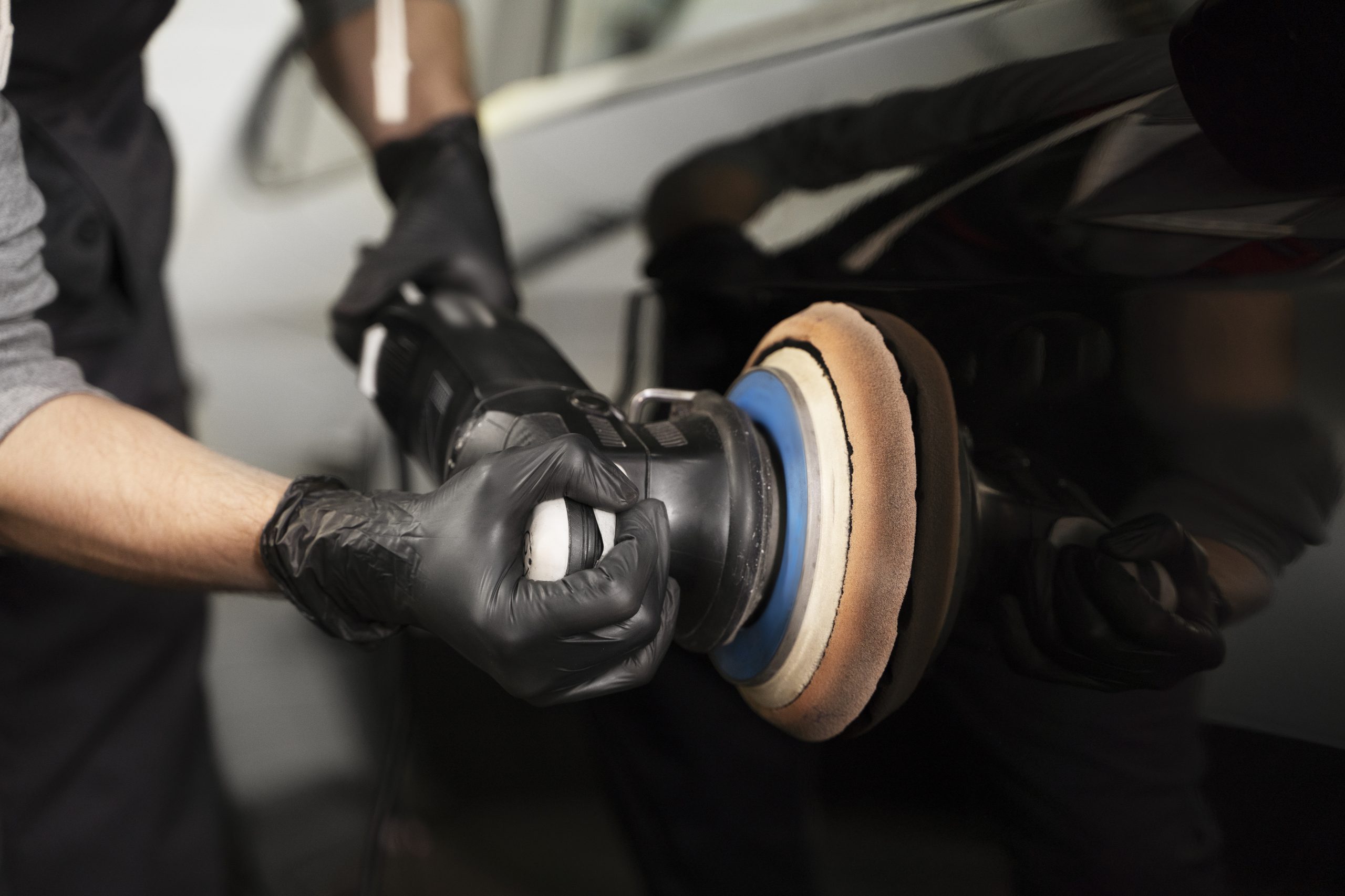
How to Apply Car Polish and Wax
Introduction:
Taking care of your car goes beyond just regular maintenance; polishing and waxing play crucial roles in preserving its appearance and condition. These practices not only enhance the aesthetic appeal of your vehicle but also provide protective benefits that can extend its lifespan. In this article, we explore the various advantages of polishing and waxing your car, highlighting why these simple yet effective steps are worth incorporating into your regular car care routine.
The Benefits of Polishing and Waxing Your Car
Regular polishing and waxing offer many benefits for your car:
- Enhanced Appearance: A polished and waxed car boasts a deep, glossy shine that makes it stand out.
- Improved Paint Protection: Wax serves as a protective barrier against UV rays, environmental contaminants, and minor scratches.
- Easier Cleaning: A waxed surface repels dirt and water, making future washes quicker and more effective.
- Preserved Value: A well-maintained car retains its value for longer.
Preparation is Key
Before diving in, gather the necessary supplies:
- Car Wash Soap and Tools: You should have high-quality car wash soap, wash mitts or sponges, and drying towels (microfiber towels are recommended).
- Clay Bar (Optional): This removes embedded contaminants like tar and sap.
- Polish: Choose a polish based on your car’s paint condition (abrasive for scratches, non-abrasive for shine).
- Car Wax: Select a synthetic or natural wax based on your preference.
- Microfiber Cloths: Use separate cloths for applying and buffing polish/wax.
Washing and Drying: The Foundation
Give your car a thorough wash to remove dirt, grime, and any loose debris. Consider using a clay bar for a deeper clean, especially if your car feels rough to the touch. Dry the car completely with clean microfiber towels to avoid water spots.
Applying Polish:
Polish removes minor scratches, oxidation, and other imperfections, leaving a smooth surface for the wax to bond with.
- Abrasive vs. Non-abrasive: For deeper scratches, use an abrasive polish with caution. Non-abrasive polishes enhance shine without removing material.
- Application: Apply a small amount of polish to a clean microfiber applicator pad. Work in small sections, applying light to moderate pressure in a circular motion. Buff off the residue with a clean microfiber cloth before it dries.
Applying Wax: The Finishing Touch
Wax protects the paint and adds a layer of shine.
- Synthetic vs. Natural: Synthetic waxes are easier to use and offer longer-lasting protection. Natural waxes provide a deeper shine but require more buffing.
- Waxing Technique: Apply a thin, even coat of wax to a clean section of the car using a fresh applicator pad. Use a back-and-forth or circular motion. Work in small sections to prevent the wax from drying.
- Buffing to Perfection: Once the wax hazes, buff it off with a clean microfiber cloth using light pressure and a back-and-forth motion. This reveals the final, glossy finish.
Finishing Touches
- Inspect your work: Look for any missed spots or streaks and buff them out with a clean microfiber cloth.
- Clean Up: Wash your used microfiber cloths according to the care instructions. Store clean supplies in a cool, dry place.
Pro Tips and Troubleshooting
- Avoid common mistakes: Don’t apply polish or wax in direct sunlight, and don’t use excessive pressure while buffing.
- Maintaining the shine: Regular washing and occasional waxing will keep your car looking its best.
- Addressing specific issues: For stubborn water spots or swirl marks, consult a professional detailer.

